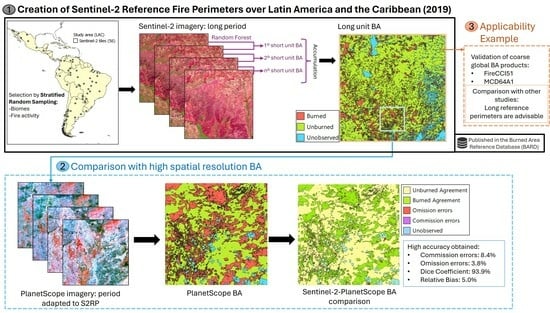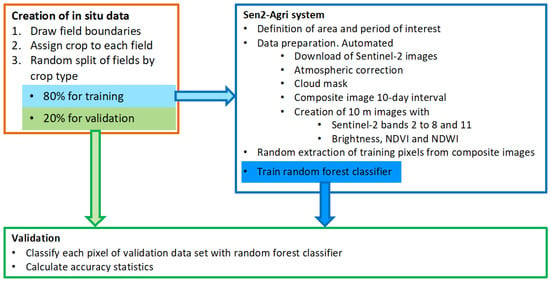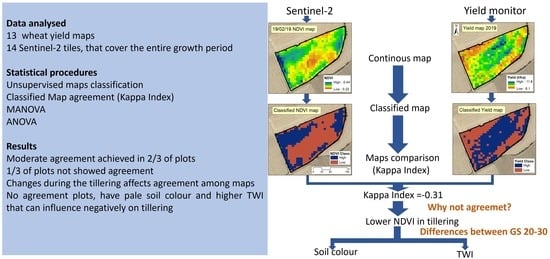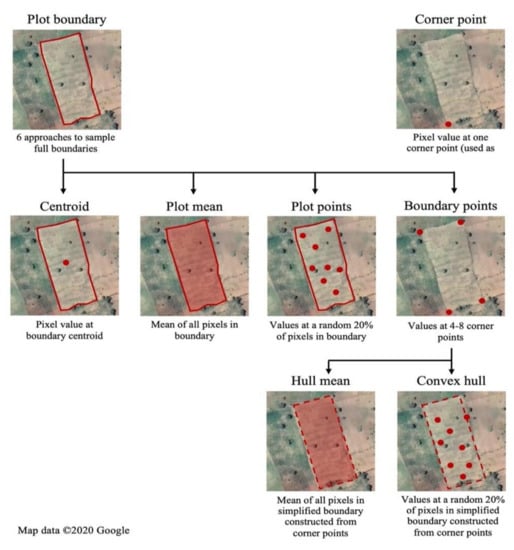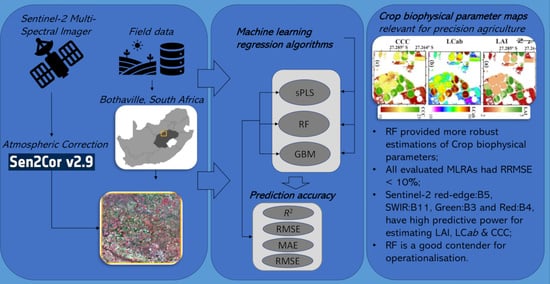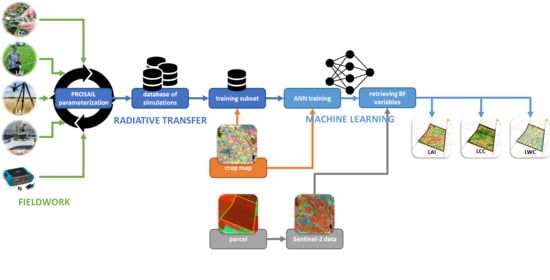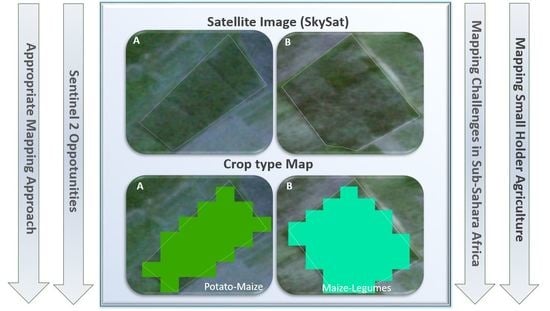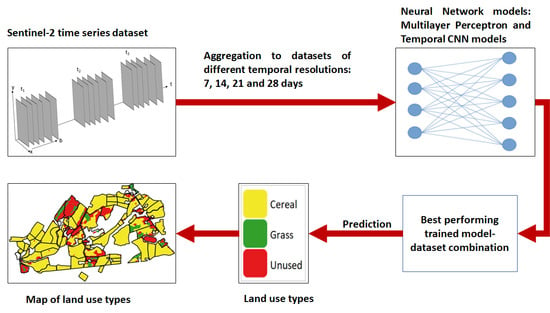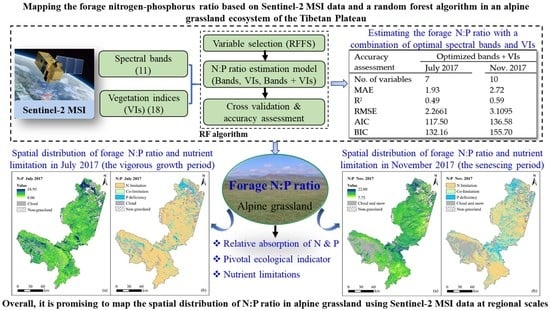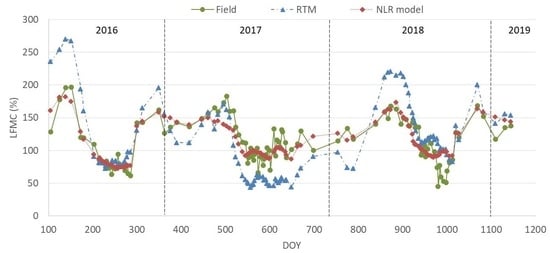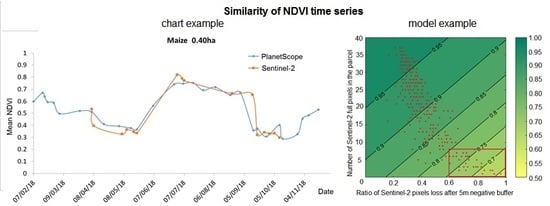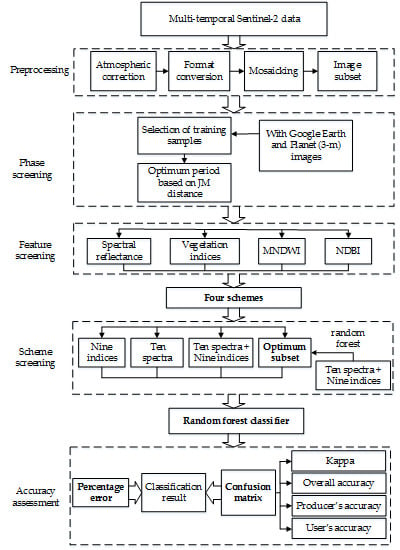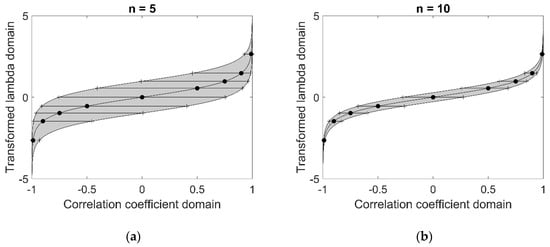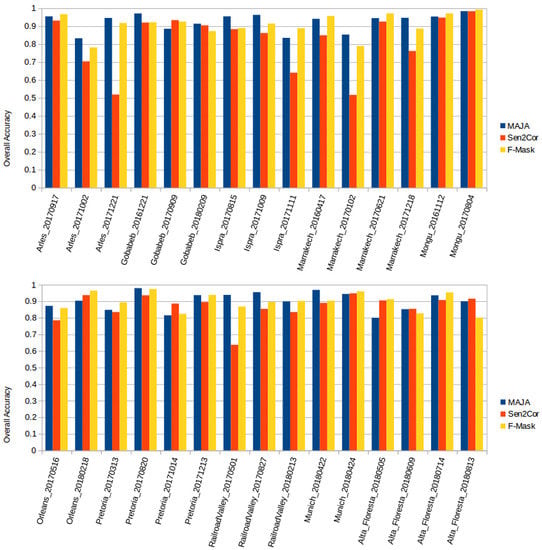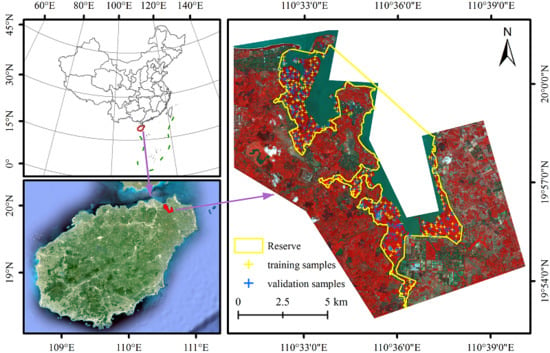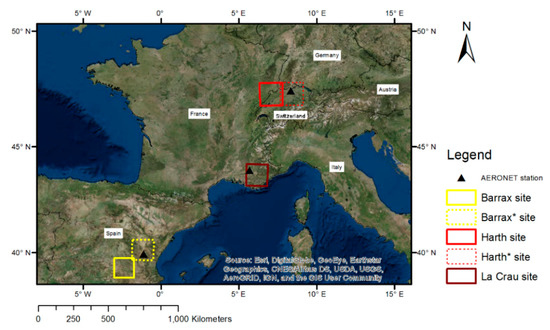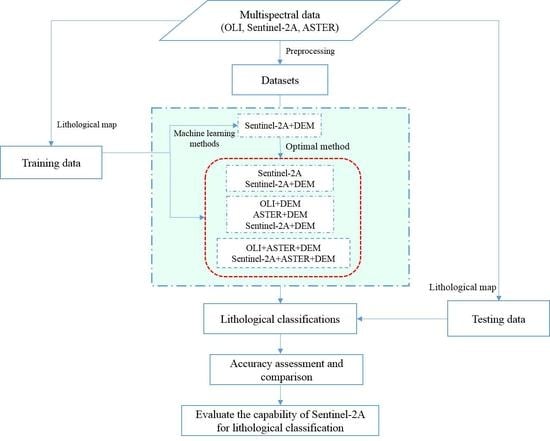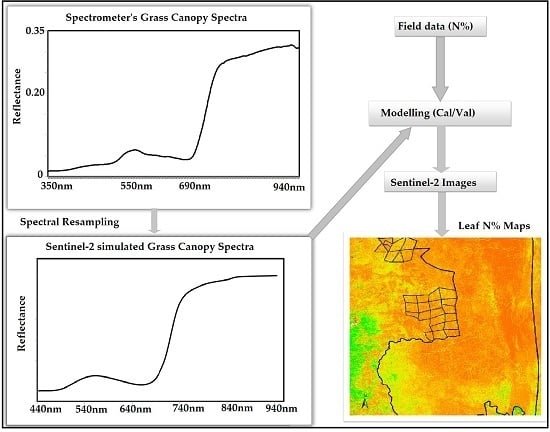Sentinel-2: Science and Applications
A topical collection in Remote Sensing (ISSN 2072-4292). This collection belongs to the section "Remote Sensing in Agriculture and Vegetation".
Viewed by 149511Editors
Interests: remote sensing of vegetation with focus on time series analysis and use of physically based radiative transfer models for mapping biochemical and biophysical traits
Special Issues, Collections and Topics in MDPI journals
Interests: land surface phenology; earth observation; biophysical variables; agriculture
Special Issues, Collections and Topics in MDPI journals
Interests: optical remote sensing; earth observation; analysis ready data; absolute calibration; cloud detection; atmospheric correction; land surface monitoring
Special Issues, Collections and Topics in MDPI journals
Interests: imaging spectroscopy; vegetation properties retrieval; FLEX, vegetation fluorescence; optical remote sensing; radiative transfer models; retrieval methods
Special Issues, Collections and Topics in MDPI journals
Interests: atmospheric correction; satellite image processing
Interests: land cover mapping; satellite image time series; image classification
Special Issues, Collections and Topics in MDPI journals
Interests: forest biomass and carbon; forest management support with remote sensing; forest inventory and statistical techniques; change detection; automatic and adaptive image analysis systems
Special Issues, Collections and Topics in MDPI journals
Topical Collection Information
Dear Colleagues,
With two identical (twin) satellites in orbit, Sentinel-2 (A and B) now provide unprecedented coverage of the land Earth surface at 5 days revisit time, in several carefully chosen spectral channels, including channels designed to facilitate the atmospheric/radiometric correction of the data streams. In this Collection, we wish to collate papers dealing with this sensor, its application and related science. Also highly welcome are those papers combining Sentinel-2 with other satellite data. Typical applications and problems studied with Sentinel-2 include the following (non-exhaustive) list:
- Land cover/land use classification
- Change detection
- Precision agriculture and monitoring of agricultural land
- Forestry and natural resources
- Land surface phenology and monitoring of phenology stages
- Contribution to Essential Climate Variables (ECV) monitoring
- Coastal zones and inland water
- Data assimilation in dynamic process models
- Data fusion
- Cloud detection and atmospheric correction
- Cal/Val activities
Prof. Dr. Clement Atzberger
Prof. Dr. Jadu Dash
Mr. Hagolle Olivier
Dr. Jochem Verrelst
Dr. Quinten Vanhellemont
Dr. Jordi Inglada
Prof. Dr. Tuomas Häme
Collection Editors
Manuscript Submission Information
Manuscripts should be submitted online at www.mdpi.com by registering and logging in to this website. Once you are registered, click here to go to the submission form. Manuscripts can be submitted until the deadline. All submissions that pass pre-check are peer-reviewed. Accepted papers will be published continuously in the journal (as soon as accepted) and will be listed together on the collection website. Research articles, review articles as well as short communications are invited. For planned papers, a title and short abstract (about 100 words) can be sent to the Editorial Office for announcement on this website.
Submitted manuscripts should not have been published previously, nor be under consideration for publication elsewhere (except conference proceedings papers). All manuscripts are thoroughly refereed through a single-blind peer-review process. A guide for authors and other relevant information for submission of manuscripts is available on the Instructions for Authors page. Remote Sensing is an international peer-reviewed open access semimonthly journal published by MDPI.
Please visit the Instructions for Authors page before submitting a manuscript. The Article Processing Charge (APC) for publication in this open access journal is 2700 CHF (Swiss Francs). Submitted papers should be well formatted and use good English. Authors may use MDPI's English editing service prior to publication or during author revisions.
Keywords
- Sentinel-2
- Time series
- Land use and land cover mapping
- Retrieval of Earth surface variables
- Land surface phenology
- Data fusion
Related Special Issue
- First Experiences with European Sentinel-2 Multi-Spectral Imager (MSI) in Remote Sensing (40 articles - displayed below)









